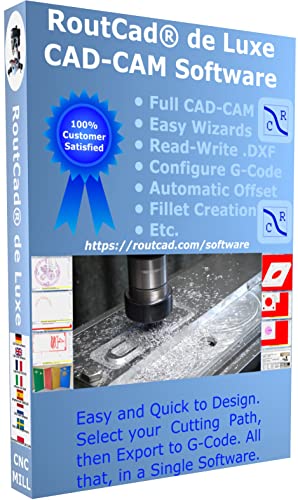Bruno
Member
Don't be surprised that it now only says “Bruno” under my avatar. That's one and the same person. I have two accounts in this forum.
Many problems with the forum. But that's a completely different story.
But now I want to continue here.
A few decades ago I got carried away and built some steam pumps for 5 inch locomotives. The first campaign resulted in 14 pumps, all of which were gradually sold. A few years later I was again asked to make some pumps.
This series consisted of a total of 7 pumps of the same design. They are also all gone.
A few years ago, that was right before the coronavirus pandemic, two club members asked me to make two larger pumps for 7.1/4 inch locomotives. At first I wanted to turn them down, because it is a lot of work.
I then agreed and made two symmetrical pumps.
Many problems with the forum. But that's a completely different story.
But now I want to continue here.
A few decades ago I got carried away and built some steam pumps for 5 inch locomotives. The first campaign resulted in 14 pumps, all of which were gradually sold. A few years later I was again asked to make some pumps.
This series consisted of a total of 7 pumps of the same design. They are also all gone.
A few years ago, that was right before the coronavirus pandemic, two club members asked me to make two larger pumps for 7.1/4 inch locomotives. At first I wanted to turn them down, because it is a lot of work.
I then agreed and made two symmetrical pumps.
Attachments
Last edited:

























































































![DreamPlan Home Design and Landscaping Software Free for Windows [PC Download]](https://m.media-amazon.com/images/I/51kvZH2dVLL._SL500_.jpg)

































